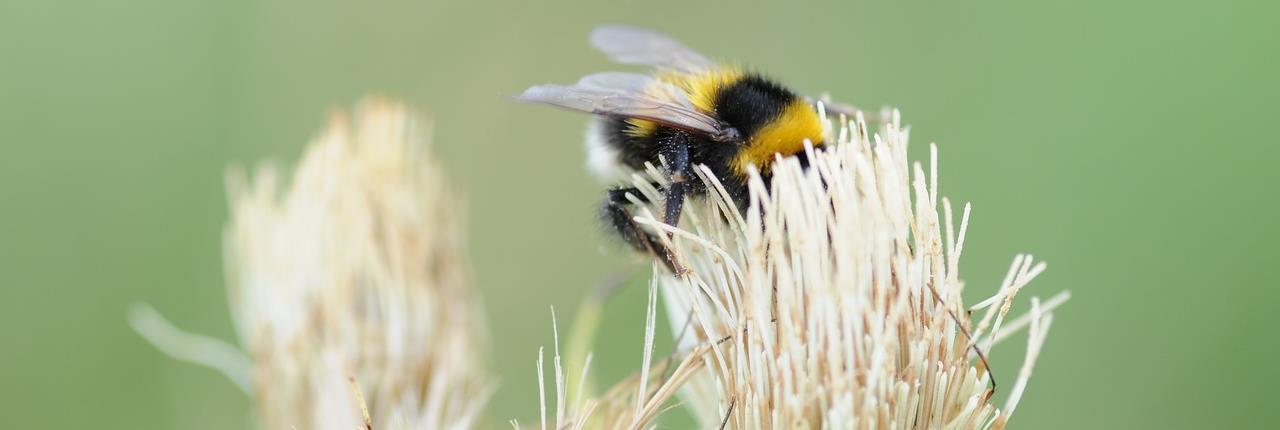Bumble Bee Life Cycle & Reproduction - Long Island, New York
A bumblebee colony is composed of 3 types of individuals (queen, sexually undeveloped female workers, and males, which are called drones). Bumblebee nests are constructed in the spring by solitary, overwintered, fertilized queens. After selecting a site, the queen bee will build a nest and lay six to eight eggs that hatch into worker bees in four to five days. The queen bee will raise the first brood of workers on pollen and nectar collected from flowers. It takes approximately 21 days to develop into an adult bee. Following the rearing of the first brood, the worker bees will provide food and nourishment to the bee larvae and defend the colony while the queen bumble bee shifts her efforts to producing eggs. Over the summer, the nest may produce fifty to four hundred worker bees. Worker bumblebees have a life span of four to six weeks. The bumblebee colony produces new queen bees and drones in the latter part of the summer, which will leave the nest to mate. The successfully mated queen bees will hibernate two to five inches deep in the ground soil. Drones and worker bees die off at the end of the season, while dormant fertilized queen bees survive to repeat the cycle.
